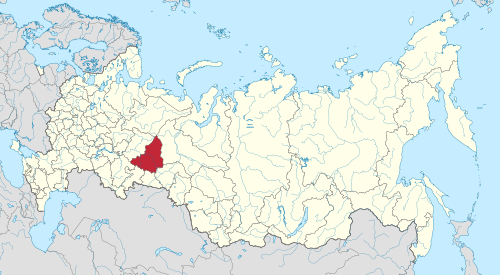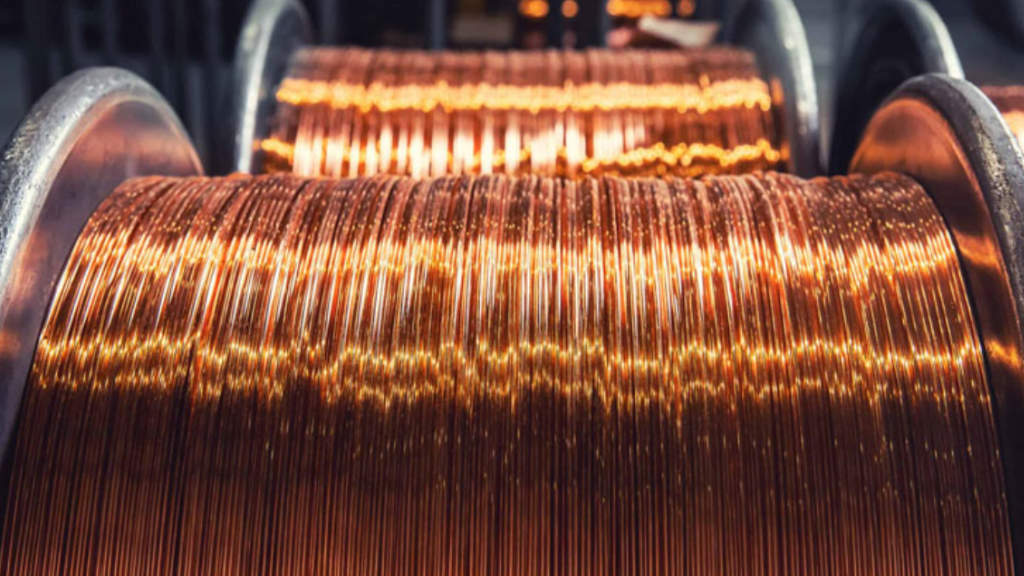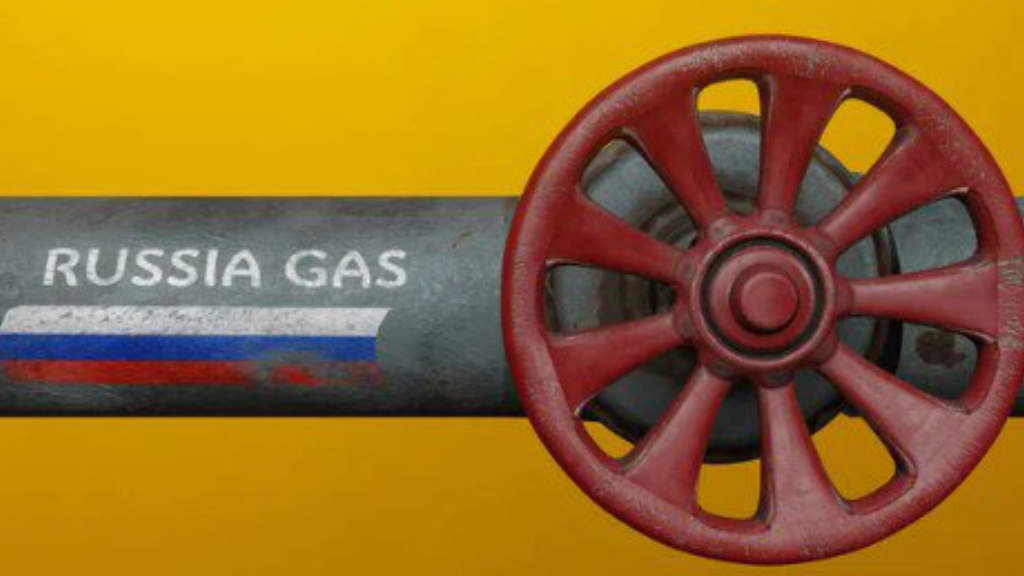Russian and Chinese investors plan to set up a Joint Venture in the Titanium Valley Special Economic Zone (SEZ) to manufacture precision wire for electrolysis equipment, according to Sverdlovsk Region Deputy Governor Vasily Kozlov. He did not name the participants but stated “One of the residents of the Titanium Valley SEZ, in cooperation with a Chinese partner, is undertaking design work for the construction of a new business to produce precision wire for electrolysis equipment. We are carrying out the practical implementation of this project now and hope that we’ll get to licensing approvals soon. Preliminary agreements have also been reached to set up production of CNC machine tools.”
Electrolysis equipment is used to process electrical energy to decompose chemical compounds. This can be used for various purposes, including producing hydrogen gas, electroplating, and even hair removal. Electrolysis is also a key technology for producing carbon-free hydrogen from renewable energy sources, which is the likely purpose of the pending JV.
Sverdlovsk Oblast is located in the Russian Urals, with its administrative centre being Yekaterinburg. It is connected by the Trans-Siberian railway to China.

Kozlov also said the local regional authorities see potential in implementing projects to localize production of Chinese companies’ products with high added value in Sverdlovsk Region. “For example, we are already working with a Chinese corporation in the aerospace industry, and on setting up production of rotary steerable systems to meet the needs of Russian mining companies.”
The Titanium Valley SEZ began in 2010 and it now has 23 resident manufacturing investors. Russian SEZ’s are very similar to Chinese SEZ’s and offer tax breaks, reduced utilities costs and other incentives, and are useful tools for starting new businesses when start-up costs are at their highest. It is close to Yekaterinburg, which is to be developed to become the world’s largest dry port, with connections through to the Russian Arctic.
Further Reading
Russia, China Study 70 Inland Border River Navigation Capabilities






